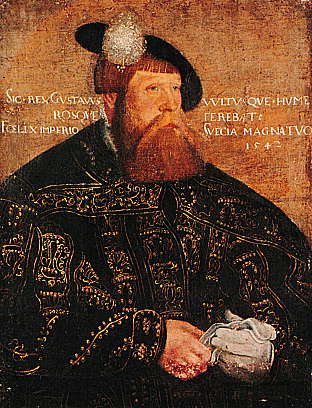While many know of the Golden Jubilee celebrations planned for King Carl XVI Gustaf, Sweden is marking two significant anniversaries this year.
Not only is the country celebrating Carl Gustaf’s 50 years on the throne, but they are also marking 500 years of modern Sweden.
Most celebrations will centre around the reigning monarch and his achievements; however, on 6 June, festivities will focus on another monarch.
This year marks 500 years since Gustav Vasa was elected as monarch of Sweden; this was the beginning of the modern Sweden seen today.
National Day in Sweden is held annually on 6 June, but this year, the celebrations will be larger and a bit more special as Sweden marks such an important moment as a nation.

On 6 June 1523, Gustav Vasa was named King of Sweden; this also ended the Kalmar Union, which was ruled by the Danes.
The King has been called the “father of the nation” for Sweden as he broke the union with Denmark and Norway, as well as the monarchy’s connection to the Roman Catholic Church. Gustav Vasa established the Church of Sweden (Lutheranism), which is the religion the Swedish Royal Family still adheres to. It is also the largest Christian denomination in Sweden to date. The King also transformed Sweden from an elective monarchy to a hereditary one.
His family, the House of Vasa, ruled Sweden until 1654 when the House of Palatinate-Zweibrücken took the throne. The Houses of Hesse-Kassel and Holstein-Gottorp reigned next until the current House of Bernadotte took the throne under King Carl XIV Johan in 1818.
King Gustav Vasa reigned as King of Sweden from 6 June 1523 until his death on 29 September 1560; he was succeeded by his eldest child, Eric XIV.
National Day was first marked in 1919 to commemorate King Gustav Vasa’s election as King. Until 1983, the holiday was called Swedish Flag Day.

